Mickey 17 Is a Weirdly Charming, Defiantly Non-Commercial Look at Life's Inexorable Awfulness
Plus, more Trump!
I want to apologize to y’all for not getting this review to you earlier. For the last three months, I have been utterly obsessed with finishing The Fractured Mirror, my massive upcoming book about American movies about filmmaking.
According to The Fractured Mirror’s adorably overconfident Kickstarter campaign, it was supposed to be on the market for Christmas 2023. I missed that deadline by a good year and a half, partly because I wrote about almost twice as many films as I had intended.
It turns out that there are a LOT of American movies about filmmaking. Who knew? It’s almost as if entertainers are utterly obsessed with themselves and their business.
The beauty and horror of The Fractured Mirror as an idea is that the idea of writing about literally EVERY narrative American movie about making movies released over the past century, along with a healthy assortment of documentaries, is that it’s so big, ambitious and amorphous that there was a possibility that I would NEVER finish it.
I unwisely give myself space to fail. That’s not going to happen to The Fractured Mirror. It’s played havoc with my time and career, but even if it sells three copies, I can at least take pride in having written a book I set out to write, except much better.
The Fractured Mirror is priority number one, and Nathan Rabin’s Bad Ideas is priority number two. I’m amazed and impressed that I could grow this newsletter and its audience in a tangible way despite burning through draft after draft of a 516-page book.
Incidentally, you can pre-order The Fractured Mirror here: https://www.kickstarter.com/projects/weirdaccordiontoal/the-fractured-mirror
I’m an artist. Like Barton Fink, I serve the working class with my mind and imagination!
Unfortunately, being a full-time freelancer forces you to be a small businessman. I’m such a lousy businessman that my business tends to get smaller and smaller over time instead of bigger. Thankfully, Nathan Rabin’s Bad Ideas is reversing the process.
It’s growing modestly. That’s good enough for me.
I’m a writer. It pains me to confess that I’m also a content creator. The success or failure of this newsletter depends, in no small part, on my ability to deliver and produce new pieces regularly.
Capitalism has a way of making everyone feel disposable. I’m just a tiny, malfunctioning cog in a massive machine engineered to make the world's wealthiest, most powerful people even richer and more powerful.
I grew up thinking that it was the sacred moral obligation of the powerful to help the powerless, to use their money and resources to make the world a kinder, gentler and more compassionate place.
We find ourselves in a dystopia where the powerful feel no obligation to help the powerless. The new paradigm holds that it is the job of the powerless to help the powerful. Robber barons are in control. They don’t want to give; they want to take. They don’t ask: they demand.
I would apologize for getting political but it’s damn near impossible to think of Mickey 17 outside the context of capitalism and the current regime.
I recently saw an article about how Mickey 17 had underperformed in its opening weekend, both domestically and internationally.
That surprised me, because my dumb brain processed Mickey 17 as a weird, aggressively non-commercial art film that wasn’t supposed to make any goddamn money at all, let alone score boffo box-office.
Mickey 17 is director Bong Joon-ho’s follow-up to Parasite, which grossed a quarter of a billion dollars and became the first foreign-language film to win the Best Picture Academy Award.
That level of success gets you a whole lot of freedom. Mickey 17 cost over a hundred million dollars to make.
Mickey 17 is one hundred and thirty seven minutes of death. Like The Monkey, Mickey 17 is a pitch-black comedy in which grisly demises serve as punchlines.
Joon-ho’s film lineage can be traced back to John Carpenter’s quietly wildly influential debut Dark Star, which boldly depicted life in outer space as a working class hassle full of bullshit and everyday annoyances, rather than a fantastical wonderland.
The film begins in 2054, with loser Mickey Barnes (Robert Pattinson) and his buddy Timo (Steven Yeun) in debt to a vicious lone shark.
In desperation, Mickey and Timo end up on a spaceship bound for Niflheim, a snowy planet that suggests a cross between the ice planet Hoth from Return of the Jedi and Starship Troopers.
Like Starship Troopers, Mickey 17 pits genocidal/colonialist human warmongers against an alien race that look like big, weird bugs, and consequently are treated as an enemy that must be destroyed rather than as something that should be understood.
Mickey unwisely signs on to be an “Expendable.” That means he gets to hang out with Sylvester Stallone, Jason Statham and ten to fifteen affordable has-been action heroes.
Just kidding! Expendables are treated by the powerful organizations as disposable nobodies whose only value lies in how they can help them achieve their nefarious ends. In our world, these people are called soldiers. Rich men send them to die.
Mickey 17 ratchets up the cruelty of warfare to surreal, comic extremes with a science-fiction world where luckless, hapless schmucks like our hero get to die over and over and over again for the sake of humanity and/or his evil corporate overlords.
Mark Ruffalo plays Kenneth Marshall, the nefarious leader of the expedition and a cartoonish caricature of a bloviating buffoon.
Mickey 17 is not subtle or understated in its satire or its social commentary. In an unfortunate development, Mickey 17 thinks the best way to comment on the unfortunate cultural moment is to turn its bad guy into the man currently in the process of ruining our world: Donald Trump.
Ruffalo channels the 45th and 47th president delusional grandiosity. Toni Collette plays Ylfa Marshall, Kenneth’s wife and partner in All-American evil. She’s like Melania Trump except that she talks and does things, rather than be beautiful, boring and bland.
The director claims that the character isn’t based on Trump, but rather a composite of dictators throughout history. I don’t buy it. I also don’t like it.
Ruffalo’s hammy performance took me out of the movie. I don’t want to be reminded of Donald Trump’s existence more than is necessary.
It reminded me of the many movie villains that were modeled after George W. Bush during his time in office. For some reason the one that sticks out is Jon Stewart making his Doogal bad guy an unmistakable caricature of Bush.
It dates the movie instantly. I imagine that’s why Stewart probably doesn’t re-watch Doogal that often these days.
Playing a lukewarm dish-rag of a human being is a real challenge if you’re a handsome, charismatic movie star beloved for your depiction of a horny, sparkly vampire hunk
Pattinson is a consummate winner who delivers a very convincing turn as a loser who drifts through a miserable existence with a weary sense of acceptance rooted in the knowledge that the world is a cruel, insane place even if you haven’t been resurrected repeatedly to help evil people with money and power.
The Twilight star is so convincing as a doomed schmuck who has accepted that the world has nothing to offer but pain and rejection that I found myself relating strongly to the character and his predicament.
Mickey 17 feels shapeless and amorphous. It would benefit from being much shorter and tighter but Mickey 17 doesn’t seem particularly interested in entertaining audiences.
It’s a strange, lumpy exploration of the inexorable horror of existence, then and now, with a wonderfully wimpy performance from Batman.
Mickey 17 isn’t a crowd-pleaser: it’s a crowd-displeaser, a weird cult movie that accidentally got 118 million dollar budget and was released all over the world.
If nothing else, Mickey 17 is a very strange sequel to Arthur Penn’s New Wave-inspired Mickey One but maybe the connection would be clearer if I were to watch Mickey 2 through Mickey 16.
Three stars out of five





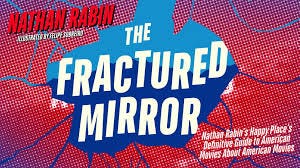
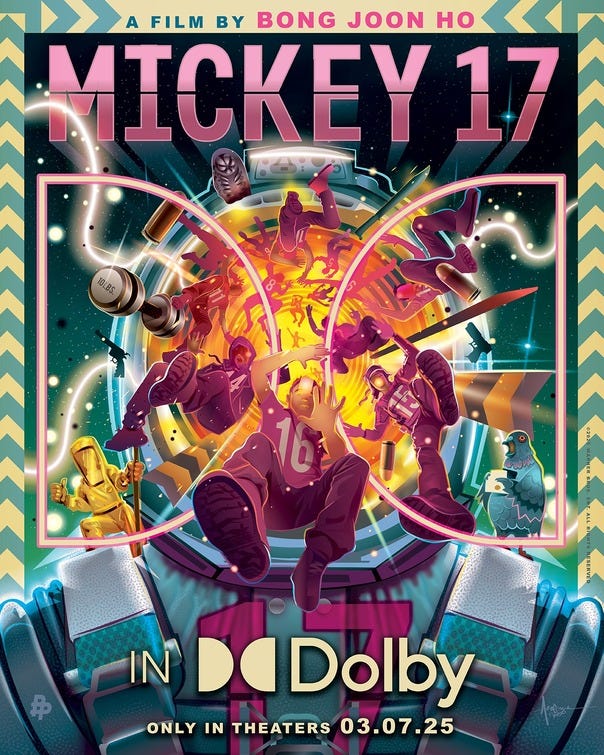
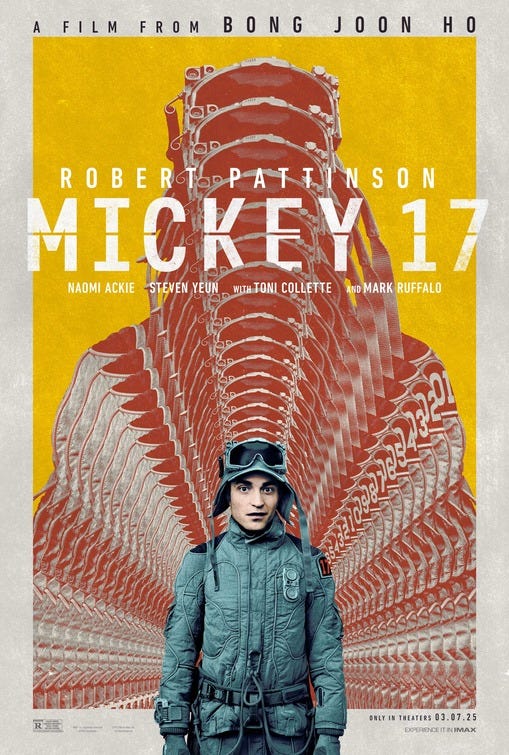
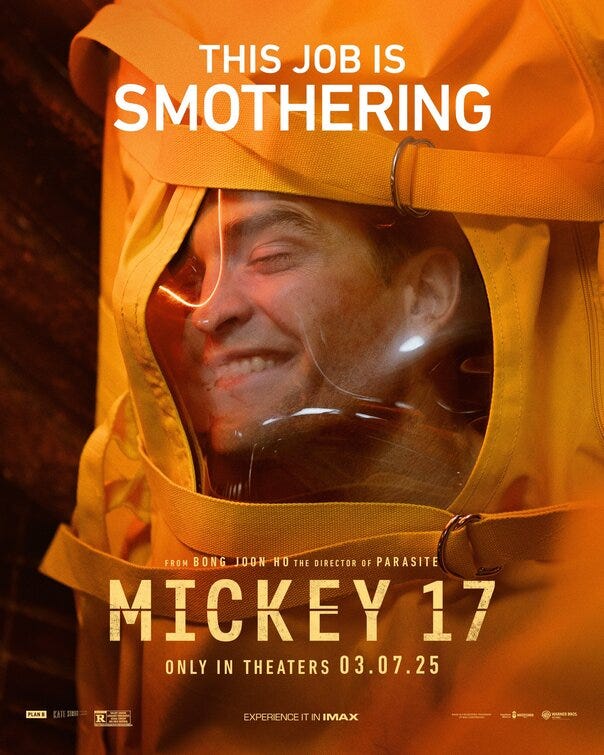
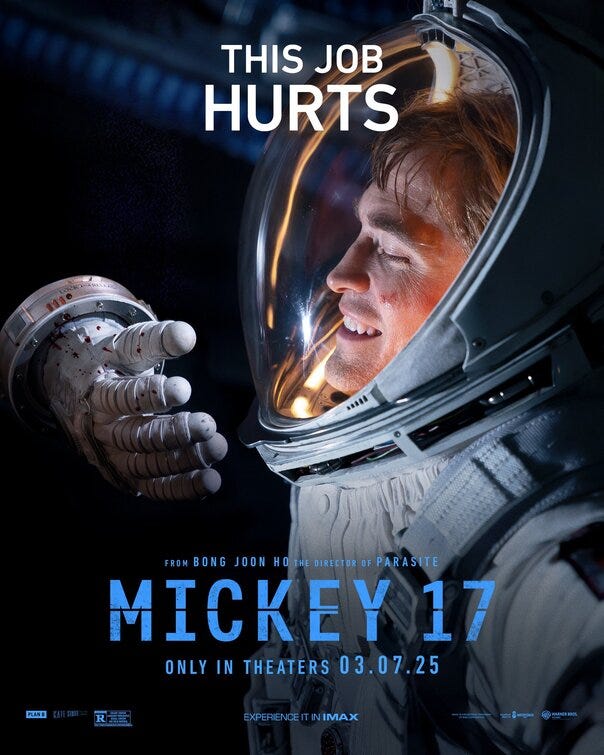
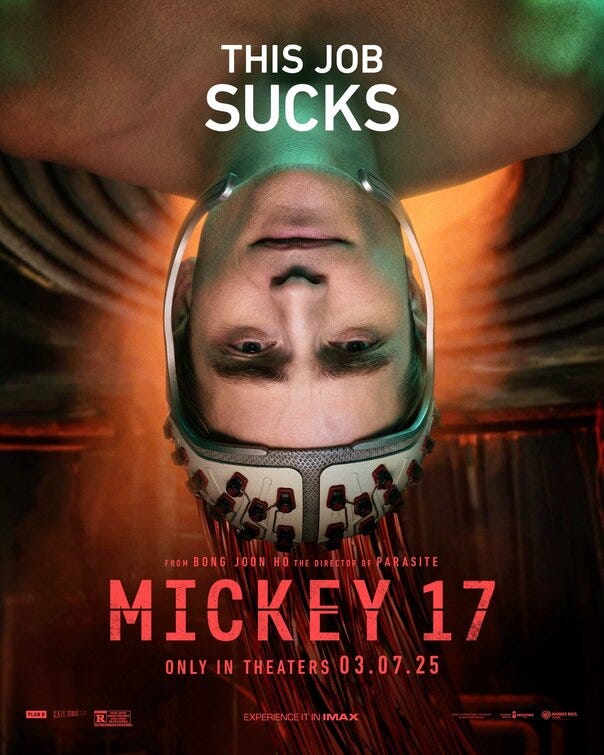
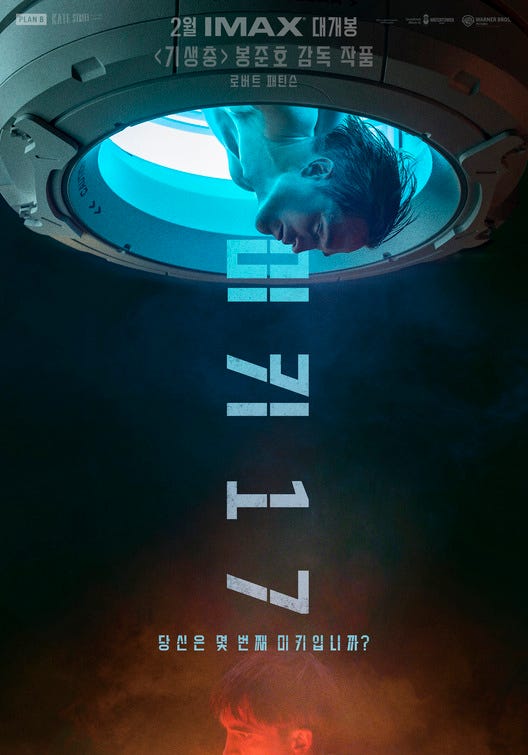
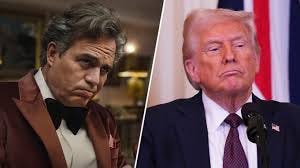
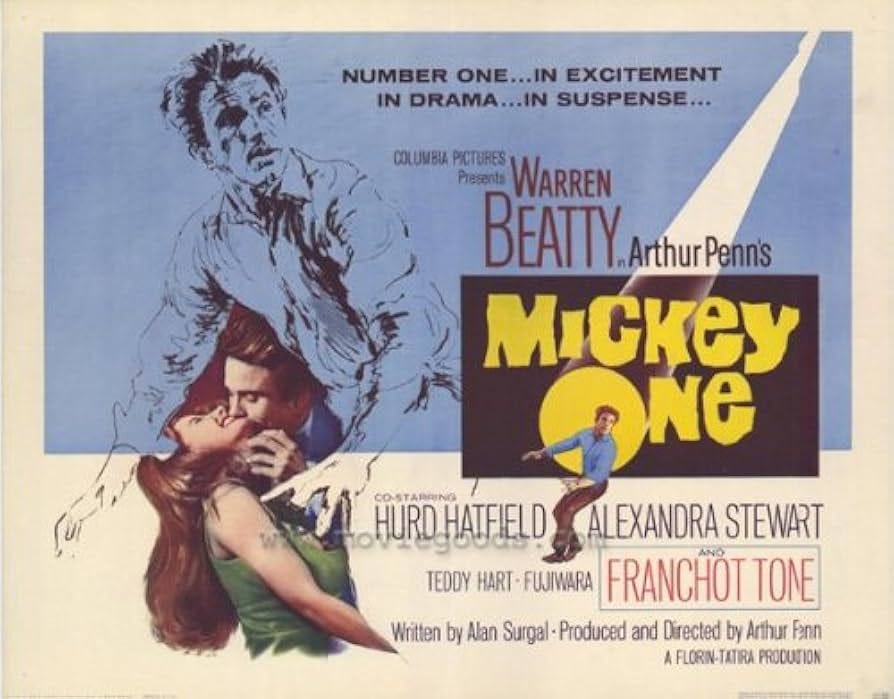
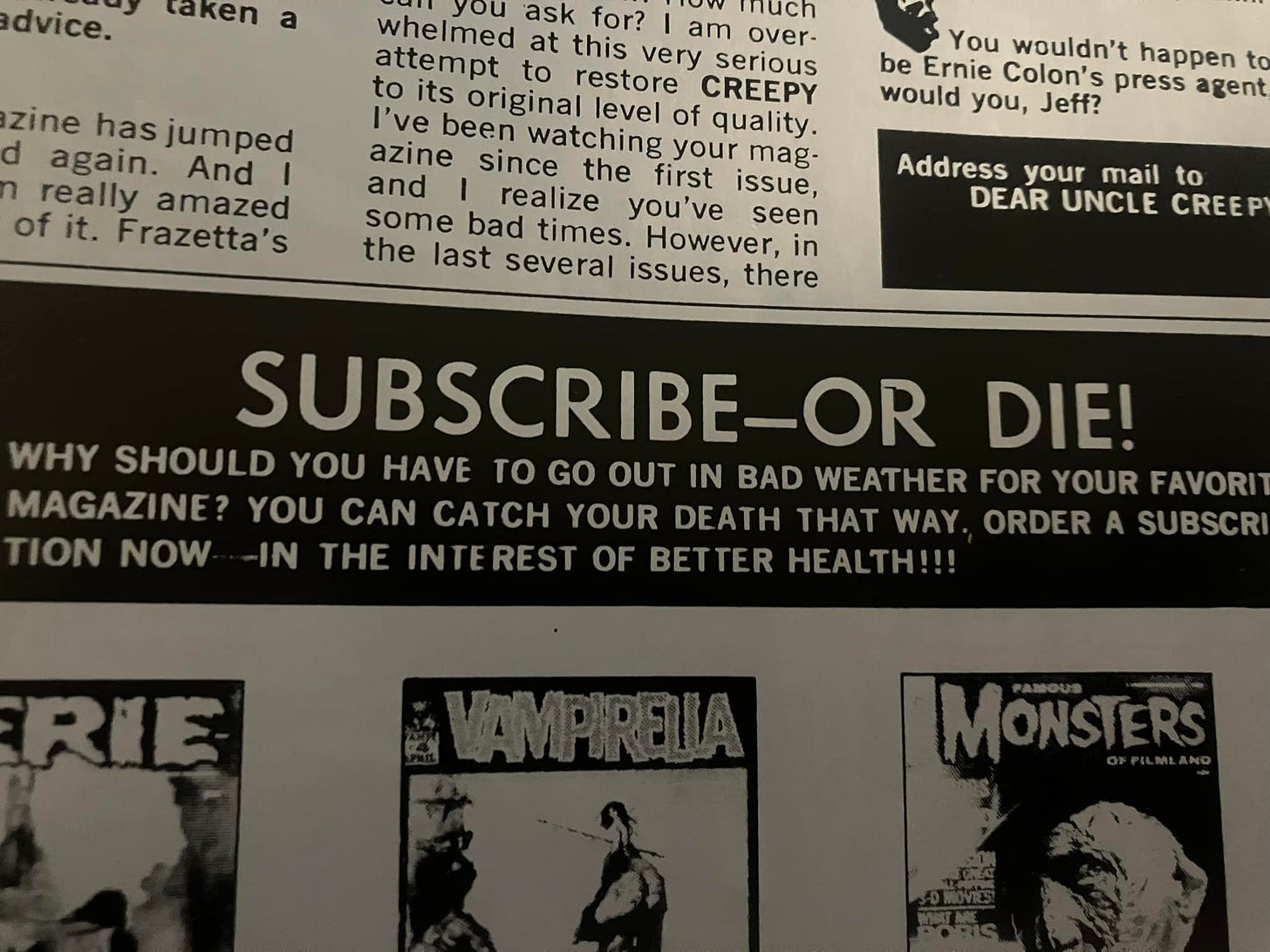
It's weird enough to be enjoyable.
I found it enjoyably weird, and chuckled repeatedly throughout, as it was hitting me over the head with it's space hammer of subtlety. Three out of five feels right, and I might have liked it more if it hadn't had huge stars and was made with a Dark Star-level budget. At least I got to see it in IMAX, which let me admire the set design and special effects in greater detail, and I did like the arctic planet critters, who are basically an armadillo/pillbug hybrid.